
Hope for a huge, ancient and imperilled fish
First Nations are leading efforts to make sure lake sturgeon can find a home in...
Standing ankle-deep in a shallow, fast-moving section of the Tay River, Raegan Mallinson is using a kicknet — essentially a large net attached to a broomstick — and when the timer starts, she enthusiastically begins what she dubs, jokingly, a “river dance.”
She stomps and splashes. She wiggles. She swivels her hips. She kicks her feet. Then after one minute, she calls out “break!” and squats down in the stream to examine her loot.
“It’s the bugs we’re on the hunt for,” she had explained to the small group gathered under smoky skies outside of Rocky Mountain House, Alta.
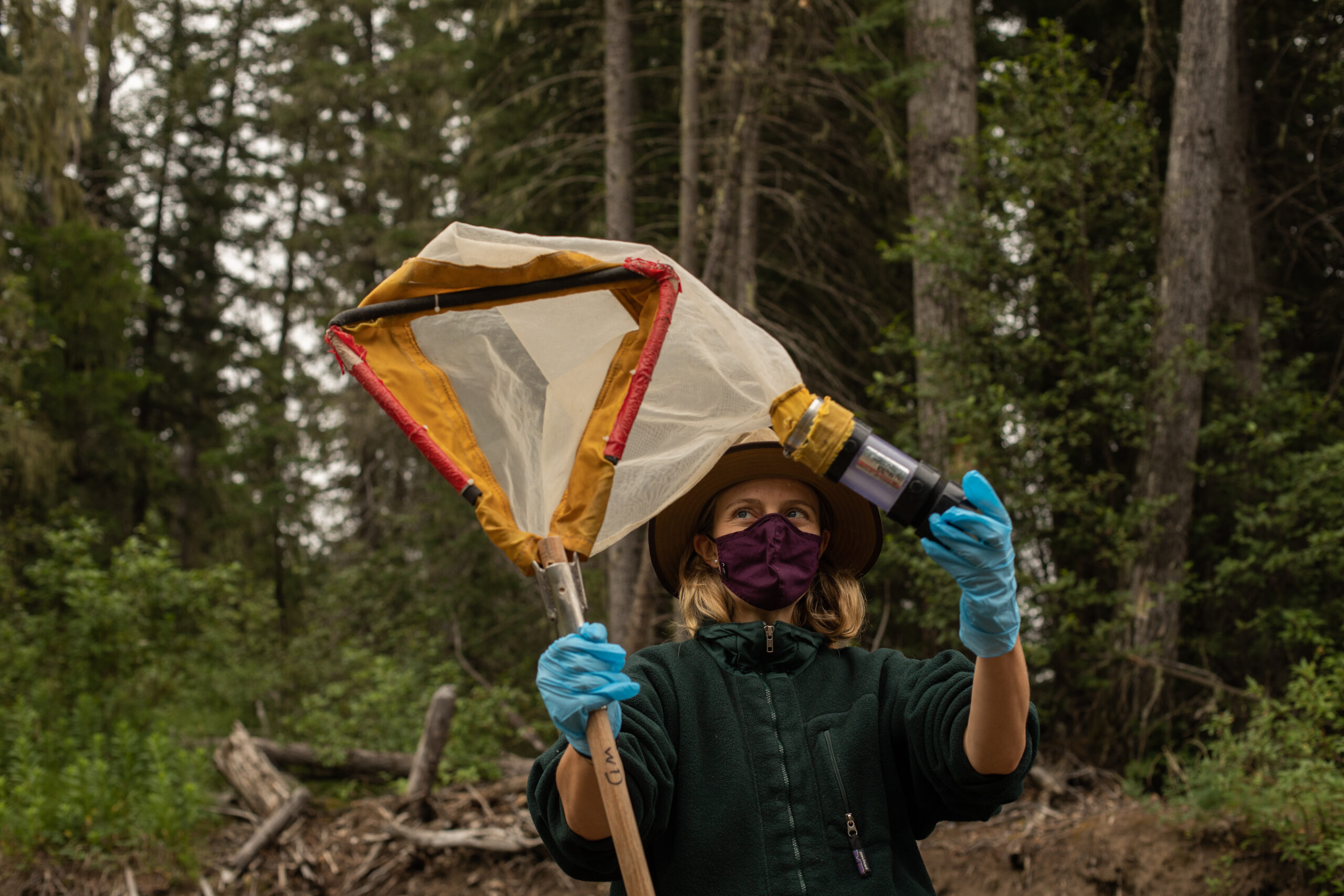
As she spoke, white-throated sparrows sing from treetops and a light drizzle floats in the air — no concern for a group clad exclusively in hip waders and with an affinity for Tilley hats and ball caps.
Mallinson is a trainer with Living Lakes Canada, a group that brings together nonprofits, academics, watershed councils, Indigenous groups and community members to combat the prevalence of what are known as “data-deficient rivers.”
Living Lakes Canada has been working across Canada, and particularly in the Columbia Basin of B.C., to provide training for regular citizens in community-based water monitoring. Kat Hartwig, the group’s executive director, said in a statement she hopes the organization’s work will “support Indigenous and non-Indigenous groups on the Eastern Slopes of the Rockies to better coordinate their water monitoring. “
“This will help groups to better assess the health of their watersheds and the impacts on them that may potentially affect future water use and adaptation options,” she wrote. “Watershed health and water security is an important and growing field that will be embraced as essential for growing a green economy in Canada.”
This group is here in the Ram Watershed to learn a technique to monitor the aquatic health of streams and rivers by looking at populations of insects. Of particular interest is measuring the baseline conditions in streams — an essential dataset that does not currently exist in any fulsome way across the province.
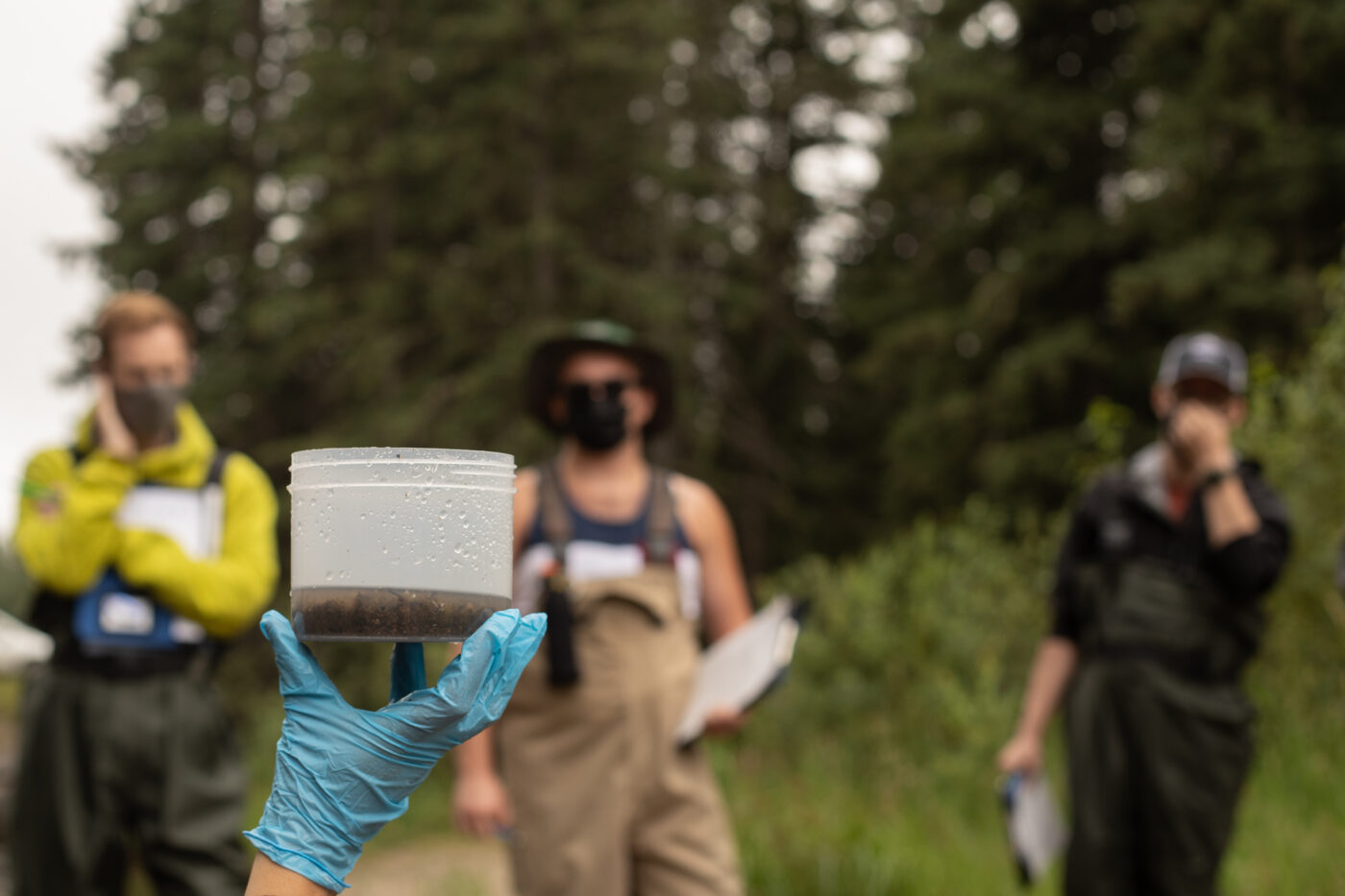
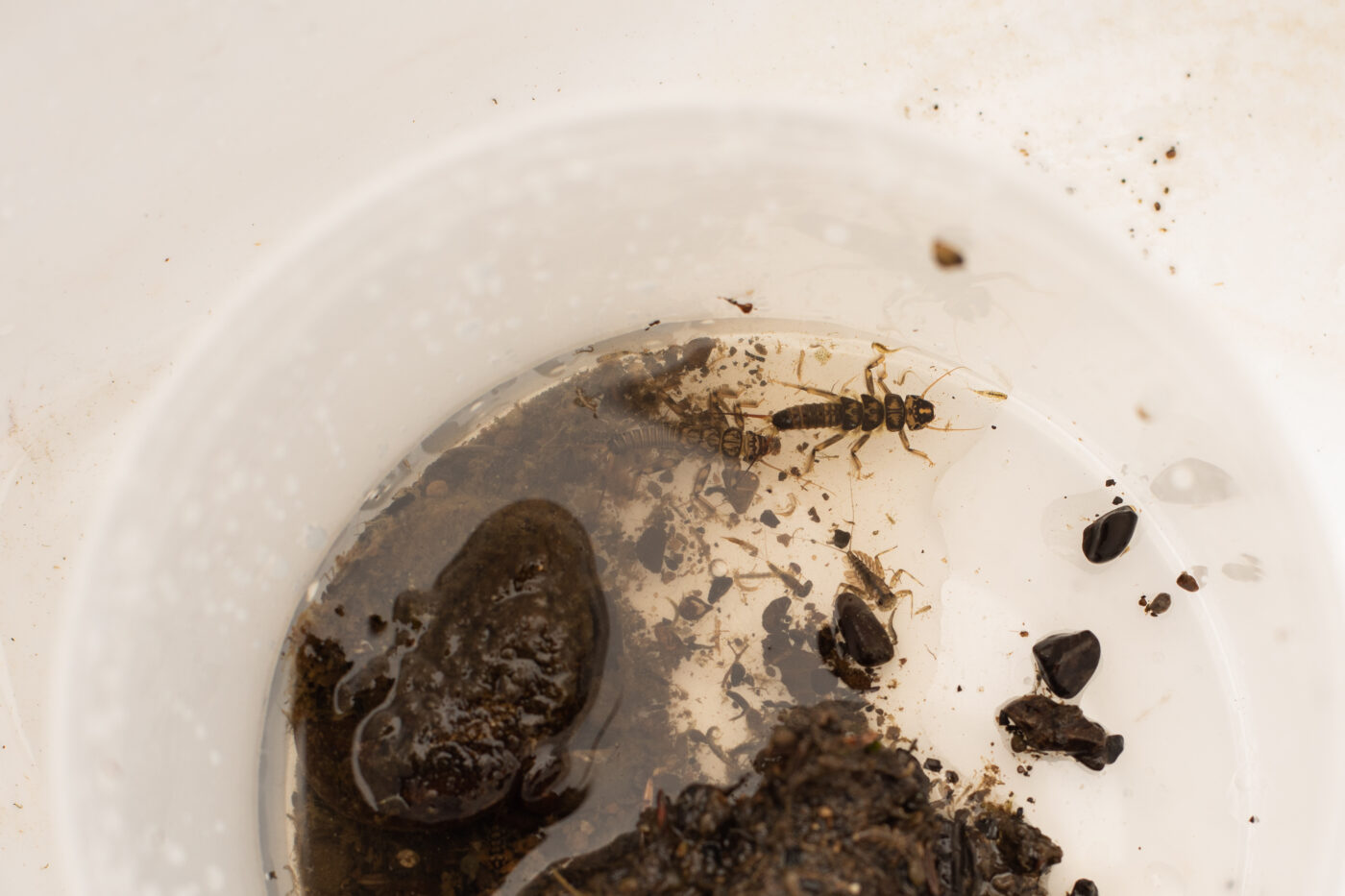
“There are vast areas of Alberta with little to no monitoring,” Bill Donahue, former head of monitoring and of science at Alberta Environment and Parks says when I call him to ask about monitoring programs in the province, adding the deficit is the result of what he dubs a “long standing failure” of senior leadership within the government to undertake sufficient monitoring. (Alberta Environment and Parks did not respond to a request for an interview.)
To fill that void, future citizen scientists can enrol in training on the STREAM (Sequencing the Rivers for Environmental Assessment and Monitoring) and CABIN (Canadian Aquatic Biomonitoring Network) methods of collecting samples for analysis of what are known as benthic invertebrates — a group that includes small critters like stoneflies, mayflies and caddisflies that are sensitive to changes in environmental conditions.
And to do that, they each need to take a shot at the river dance.
Participants spend the first hour of the day taking turns scrubbing their boots, dousing their waders in a bleach solution and then hosing themselves off while standing in a recycling bin — a makeshift decontamination station. Trainers will spend the evening decontaminating equipment in the bathrooms of their hotel rooms, all part of an effort to prevent the spread of whirling disease, a disease caused by a parasite that can be extremely deadly to some fish species.
Throughout the day, the group will learn to measure water temperature, the slope of the stream and numerous other parameters, all meticulously recorded on standardized data sheets.
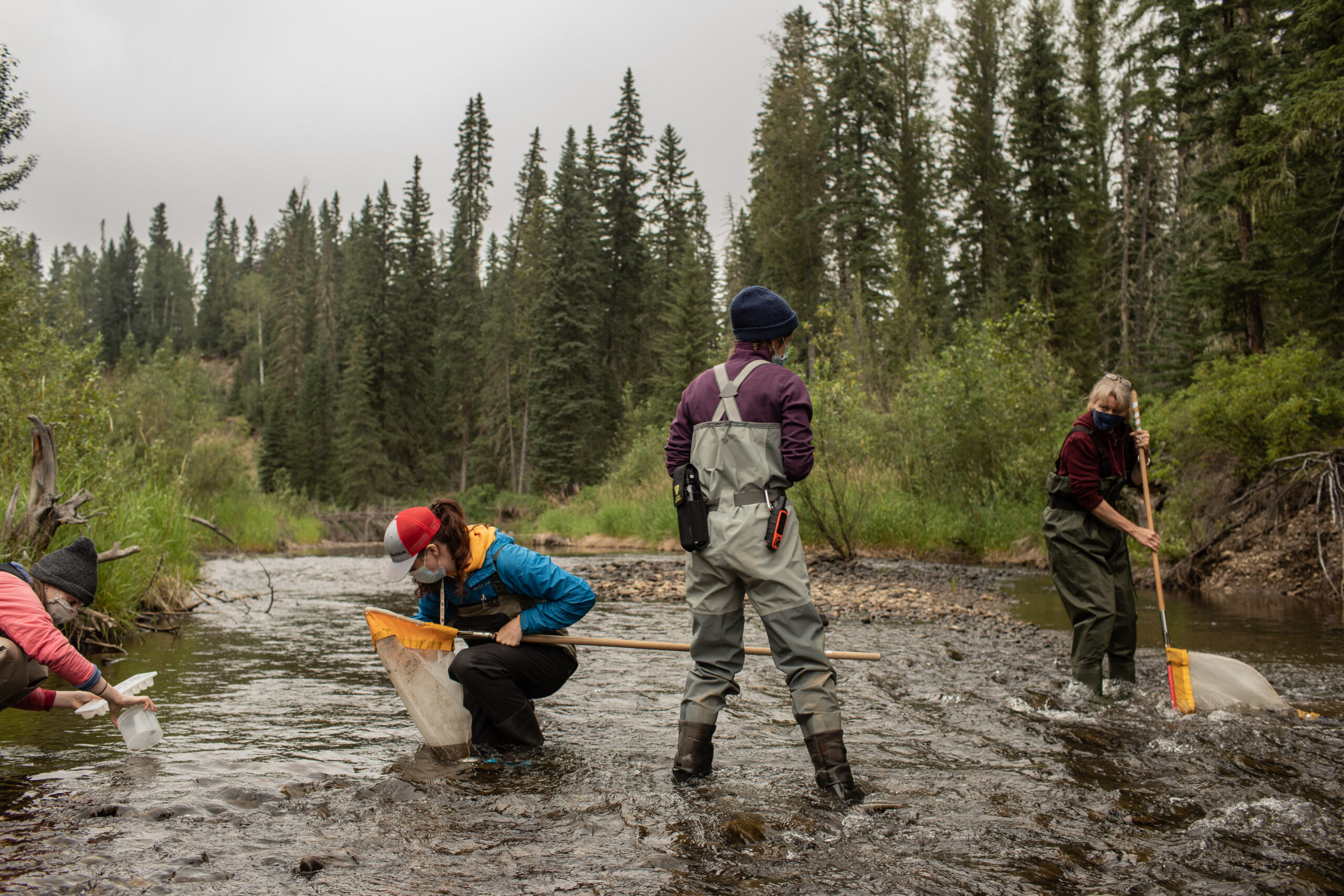
But the kicknet river dance is the key to monitoring benthic invertebrates. The goal, Mallison explains, is to “uproot” the insects, which live under the rocks.
Once collected, the samples must be preserved and sent to a lab for further identification. Depending on the method being used (CABIN or STREAM), the samples will either be sent to professional taxonomists who will list the species found, or to a lab in Guelph where they’ll be put in a “bug blender” to complete what’s known as meta-barcoding, an analysis of the environmental DNA present in the sample.
Sure enough, the group finds bugs in their kicknets that indicate a healthy stream. From here, they’ll move on to more test sites, completing an evaluation to ensure they’re ready to take these methods back to their own communities — and watersheds.
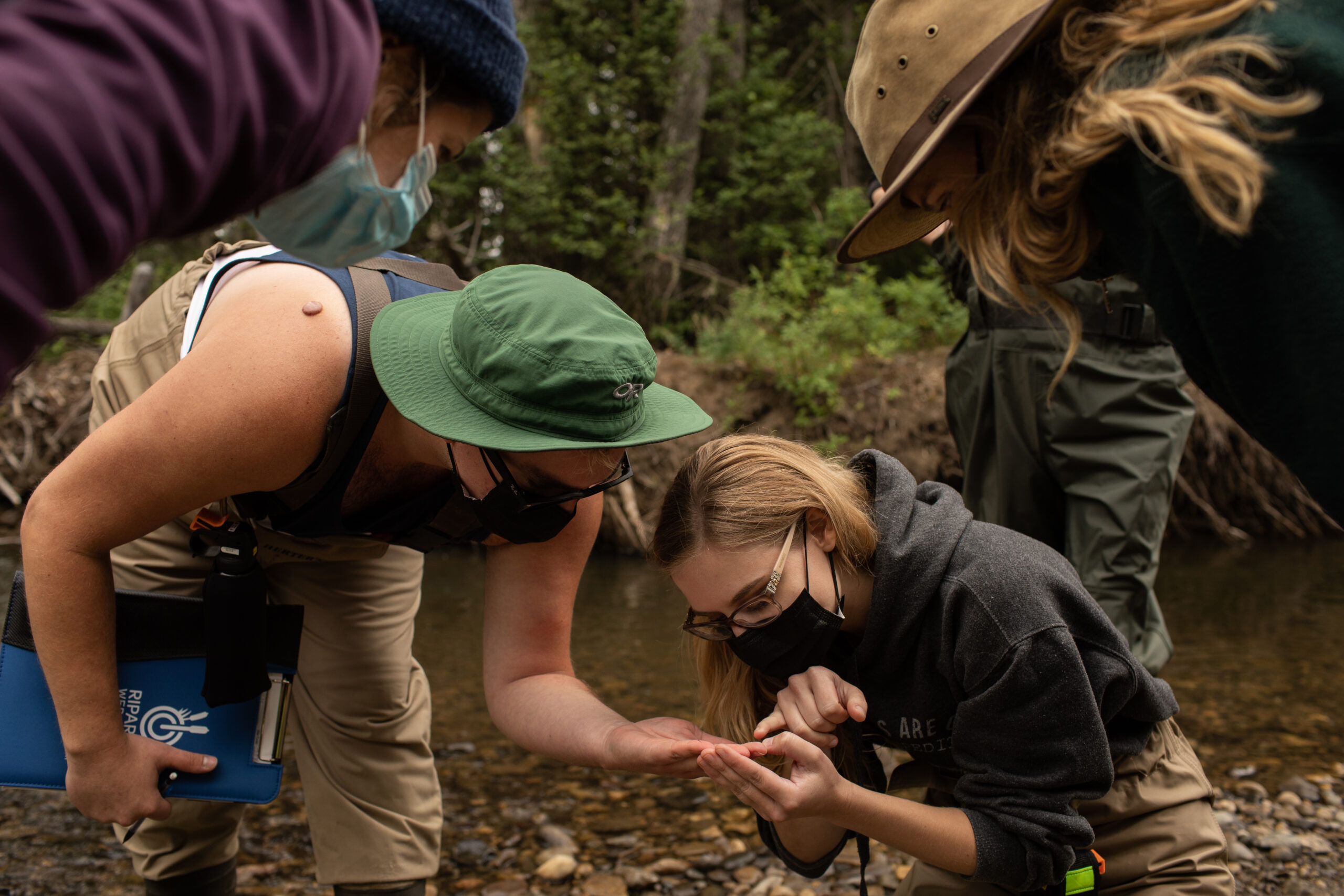
Eventually, they’ll be able to collect their own samples and upload the results to a national database to create a fuller picture of water quality across the country.
The training can have myriad applications. Julie Daychief, the lands/program coordinator for Sunchild First Nation terrestrial cumulative effects and aquatic habitat restoration programs, is hoping the technique might help her team identify possible future restoration projects along the Baptiste River, which she says, “is at an all-time low this year.” The impacts of climate change on the Baptise, which runs through Sunchild First Nation, northwest of Rocky Mountain House, are a primary concern for her.
For Petra Rowell, the executive director of the Athabasca Watershed Council, one goal is finding out more about biodiversity and how it’s impacted by activities throughout the watershed, as well as climate change.
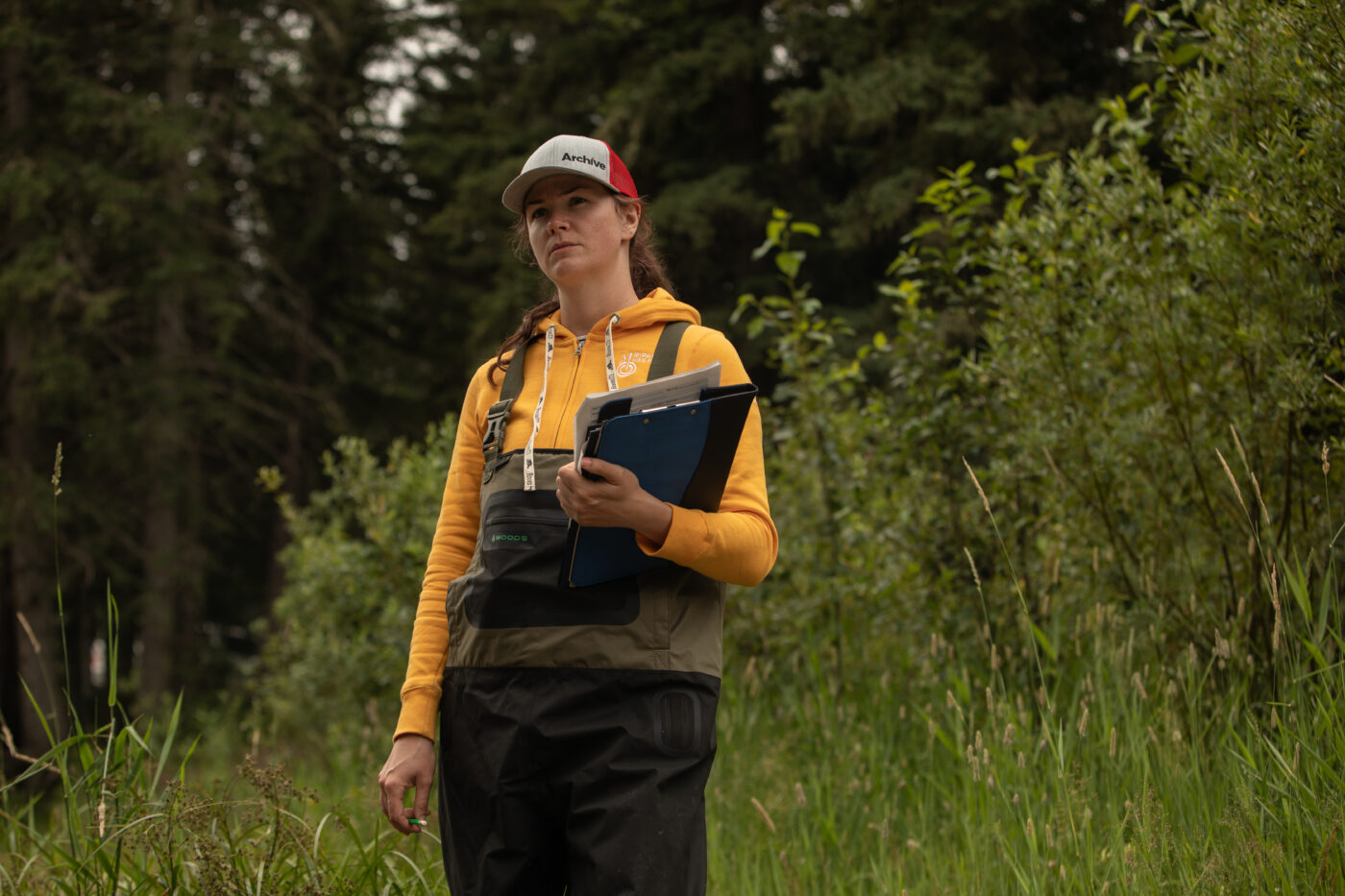
Mary Ellen Shain, the watershed planning and project coordinator with the North Saskatchewan Watershed Alliance, says she’s hoping this training will help the group “build a network of trained citizen scientists.”
“The watershed is huge and we’re just one small organization,” she explains. “We couldn’t possibly do all the monitoring ourselves.”
Despite the need for more monitoring, data collection has been increasingly completed by communities and nonprofits.
A 2017 report from Simon Fraser University, Acadia University and Living Lakes Canada found the number of community-based water monitoring projects like these tripled between 2000 and 2016 — a response, at least in part, to what the report’s authors dubbed the “diminished capacity” of governments to complete necessary water monitoring.
According to 2020 findings from WWF-Canada, approximately 60 per cent of Canada’s sub-watersheds are “data deficient.” (Watersheds contain numerous smaller sub-watersheds that surround tributaries to main rivers.)
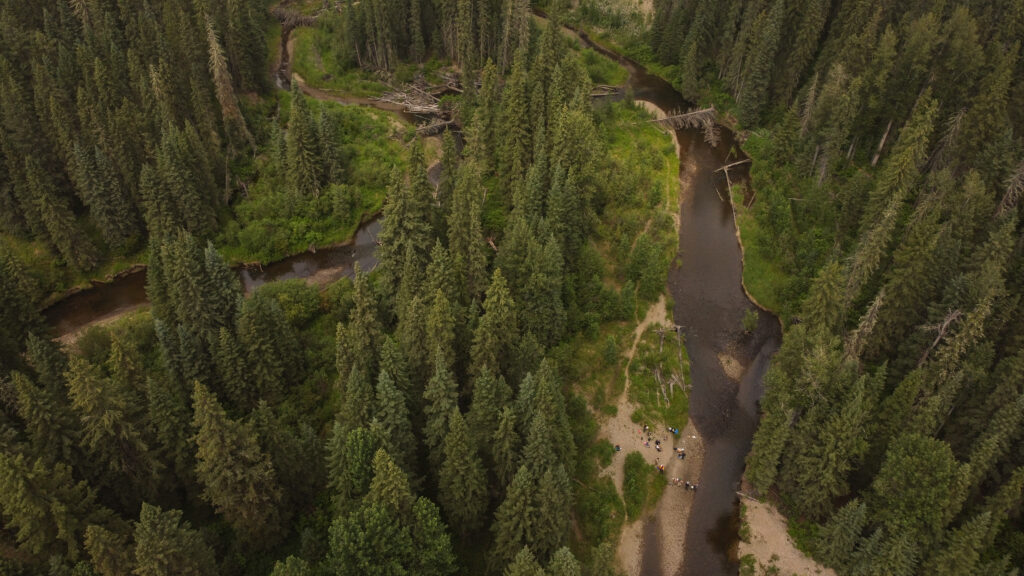
“Data deficiency is still a major challenge and it continues to obscure how threats are affecting most of Canada’s watersheds,” Elizabeth Hendriks, vice president of restoration and regeneration at WWF-Canada, wrote of the group’s findings.
“If we’re unable to understand their health now, we won’t be able to see how future development activities or climate change will further stress these sub-watersheds,” she added.
The deficiency is caused at least in part by a lack of prioritization of water monitoring from governments.
“Alberta has struggled with data collection and data programs,” says Rowell of the Athabasca Watershed Council. She acknowledges the province has been better at monitoring the big main stem rivers, but adds “we haven’t maybe been as successful in water quality programs that look at some of the tributaries.”
“It is intensive work,” she notes. “Cost obviously plays into it. And priorities play into it.”
Donahue, the former head of monitoring at Alberta Environment and Parks, alleges a “fundamental lack of understanding of the value of monitoring” within the senior leadership of the department. He resigned in 2019 after yet another budget cut.
Alberta’s approach to water quality, he says, is more about “emergency response” than anticipating impacts to inform decision making. That, he says, puts Alberta’s network of streams and rivers at risk.
Scientists look to indicators of aquatic ecosystem health as a way to measure water quality.
“By looking at the bugs, we can use them as a canary in the coal mine: a signal that our environment has changed in an unhealthy way,” Shain says.
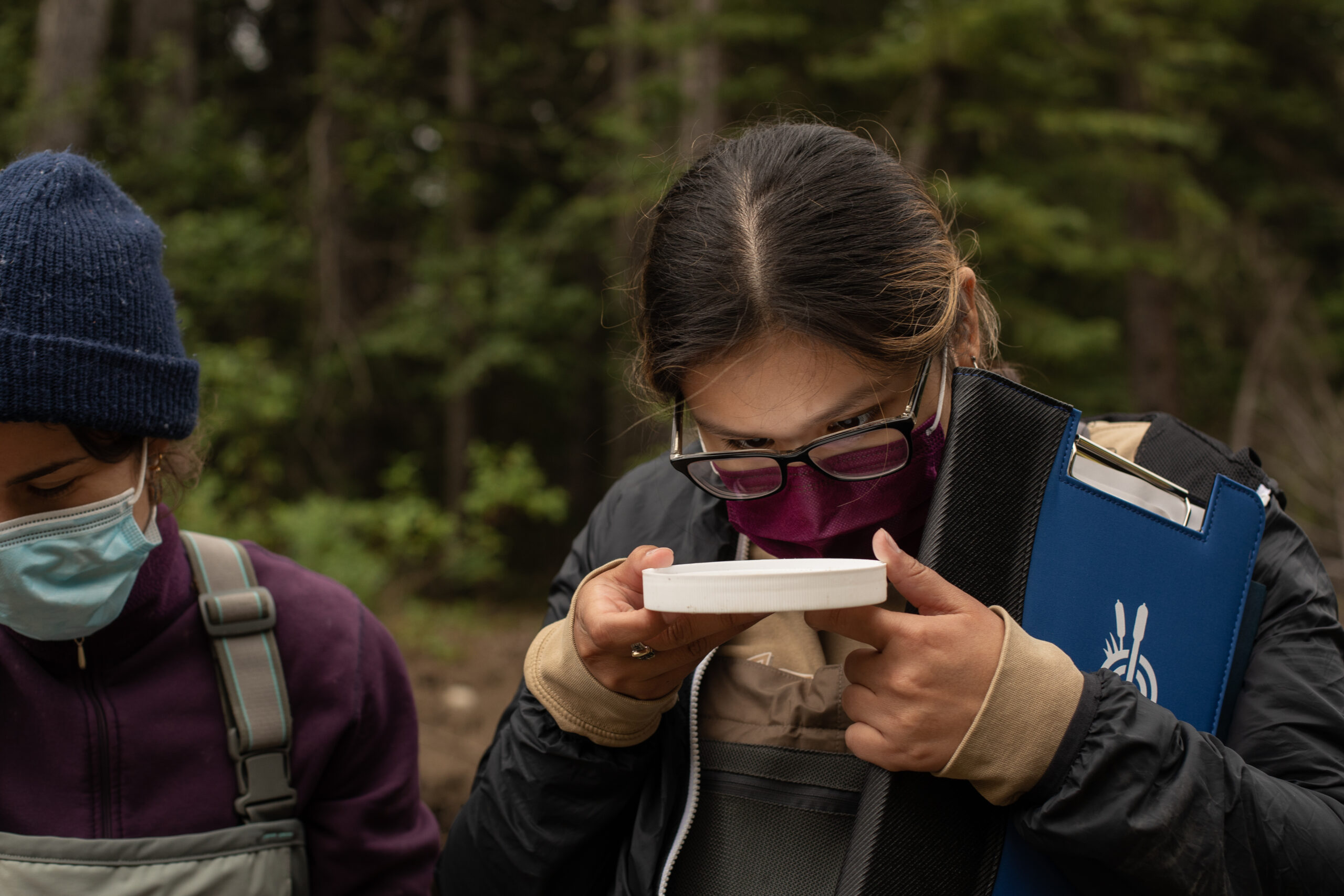
There are other ways governments and concerned groups can monitor water quality, including testing for chemicals. But according to the government of Canada, this form of monitoring, dubbed biological monitoring, can add key insights into the health of an ecosystem.
Sampling for bugs can also detect changes that might be the result of chemicals interacting with each other, habitat degradation as a result of cumulative impacts and climate change, according to the government.
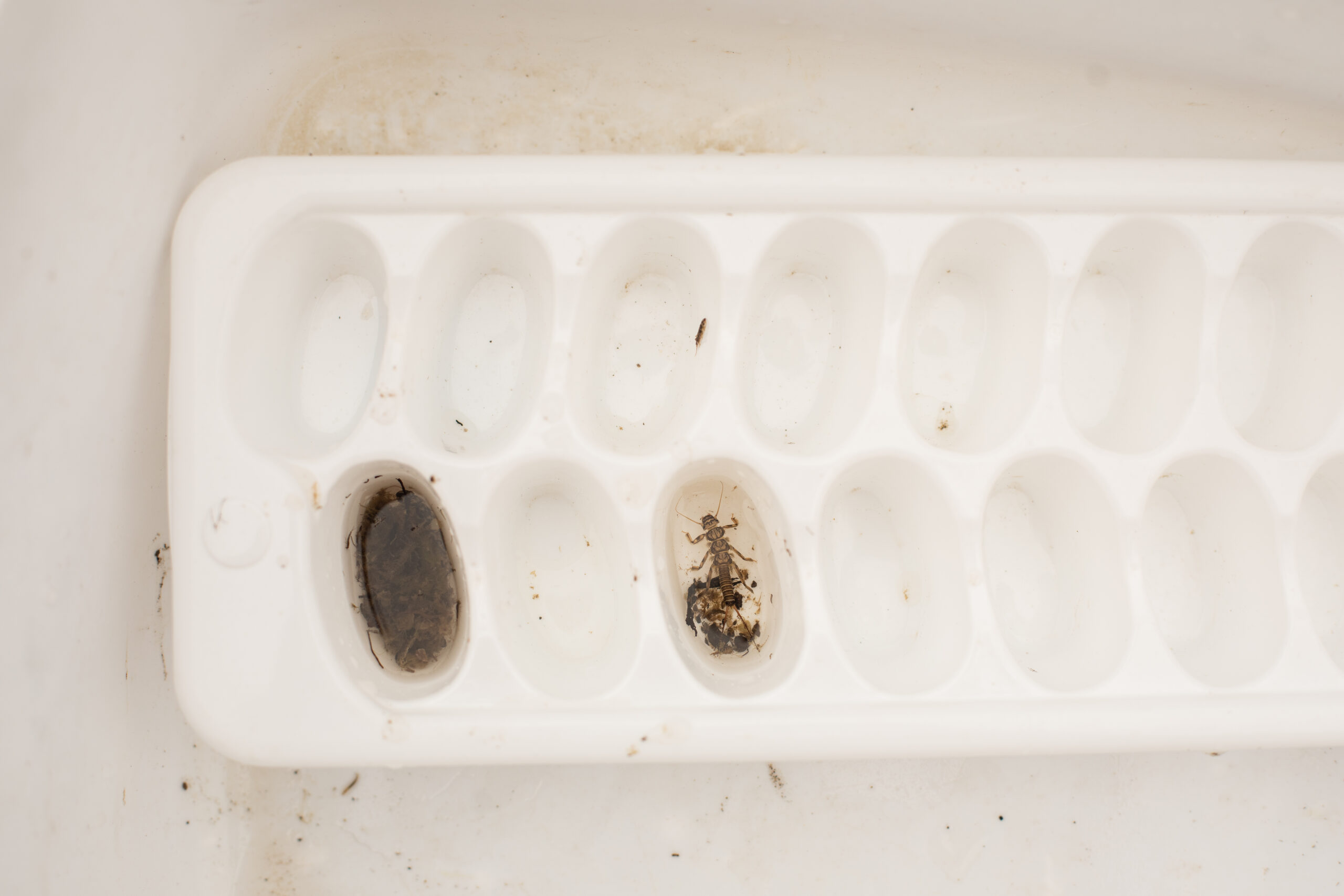
To Donahue, the scientist, benthic invertebrates are “really valuable.”
“They’re a great indicator of water quality,” he says, noting that their populations fluctuate in response to changes in nutrient levels or sedimentation. And, he adds, “they’re a great indicator of ecosystem health overall.”
The three primary groups of bugs participants are looking for with these methods — stoneflies, mayflies and caddisflies — are known to be pollution sensitive, and can respond quickly to changes to their environments.
Other bugs, like biting midges, are more tolerant of pollution. Some scientists use a ratio of pollution-tolerant to pollution-sensitive species to get a better picture of what’s going on in a stream.
Overall, Donahue lauds community-based monitoring programs like these, which he says, encourage a close connection between community members and scientists, to ensure data collection is meeting scientific standards for data collection.
“Monitoring is a scientific activity,” he says. Making sure communities have the tools to do it right means it can be useful across the country.
Daychief, with Sunchild First Nation, is hopeful the techniques she’s learning at the Living Lakes Canada training can complement what Elders already know about the main river passing through her community: the Baptiste.
She’s heard from Elders how the Baptiste is changing: low water levels and lower flow, trends she’s concerned could worsen with climate change.
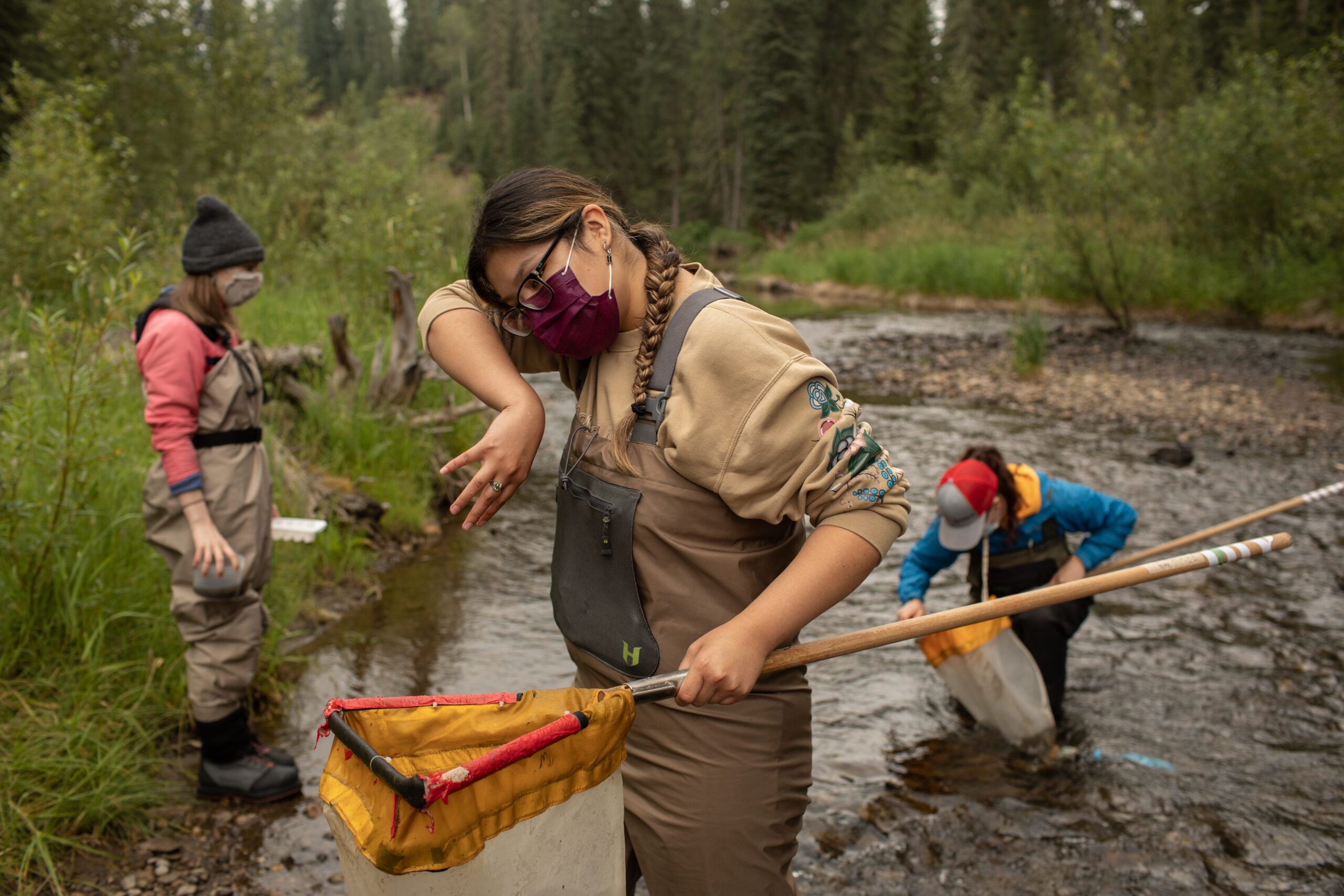
Elders in the community have vast stores of knowledge about the river, she says. But the western science training she’s received in sampling for bugs to monitor water quality can complement the First Nation’s plans for restoration projects.
“It works equally. They both share that balance,” she says.
By the end of the training, Daychief says she’s confident in completing all the steps needed to take a water sample using the CABIN or STREAM methods.
Next up, she’d need to assemble the equipment needed to do sampling back home.
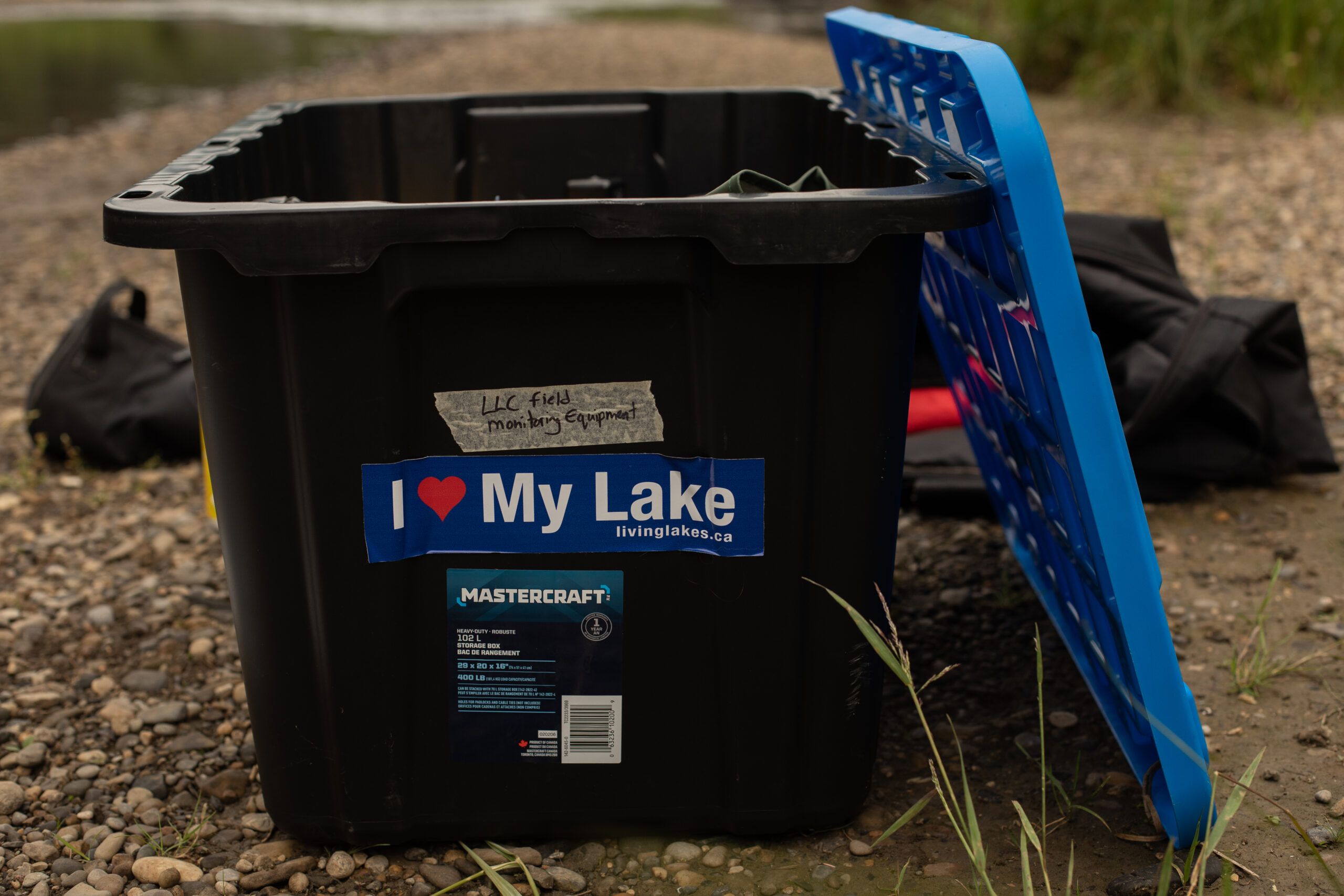
The focus of the training is on making this accessible to regular citizens, and affordable. Mallinson points out tips for cost-saving throughout the day. Samples can be preserved using antifreeze (it’s cheaper than ethanol and easier than formalin), stored in the freezer of your kitchen and mailed to the lab. Water chemistry samples can be collected in one-litre pop bottles (rinsed, of course).
The goal is to enable communities to take water monitoring into their own hands.
There are water monitoring stations set up across the province already, of course. The concern for participants here is that there isn’t enough data to have a full understanding of the impacts of industries across Alberta.
As Shain points out, many industries are required to monitor affected water bodies for pollution, known as point-source monitoring.
“But how everything fits together, the cumulative effects, is a huge data gap,” she says. “We don’t really know the cumulative impact of all the activities happening.”
The impacts of all that activity can have big implications for Alberta’s water supply.

“Alberta is not water rich,” Donahue says. “There’s literally a handful of rivers that Albertans rely on for all their water.”
“So anything that happens to change, either the quality or the amount of water that’s available downstream, is going to be a big problem.”
Rowell of the Athabasca Watershed Council, says it’s “not just one industry” affecting watersheds. Recreation, agriculture, oil and gas, coal and other land uses all have an impact.
For Rowell, the solution is doubling down on efforts to increase knowledge across the province — and that includes encouraging more groups to take monitoring into their own hands.
“The whole monitoring situation is a collaboration,” she says. “It really takes everybody doing everything they can.”
Get the inside scoop on The Narwhal’s environment and climate reporting by signing up for our free newsletter. Angello Johnson’s shoulders burn, and his arms...
Continue reading
First Nations are leading efforts to make sure lake sturgeon can find a home in...

We’re excited to share that an investigation by The Narwhal is a finalist for the...

A new documentary, Nechako: It Will Be a Big River Again, dives into how two...
